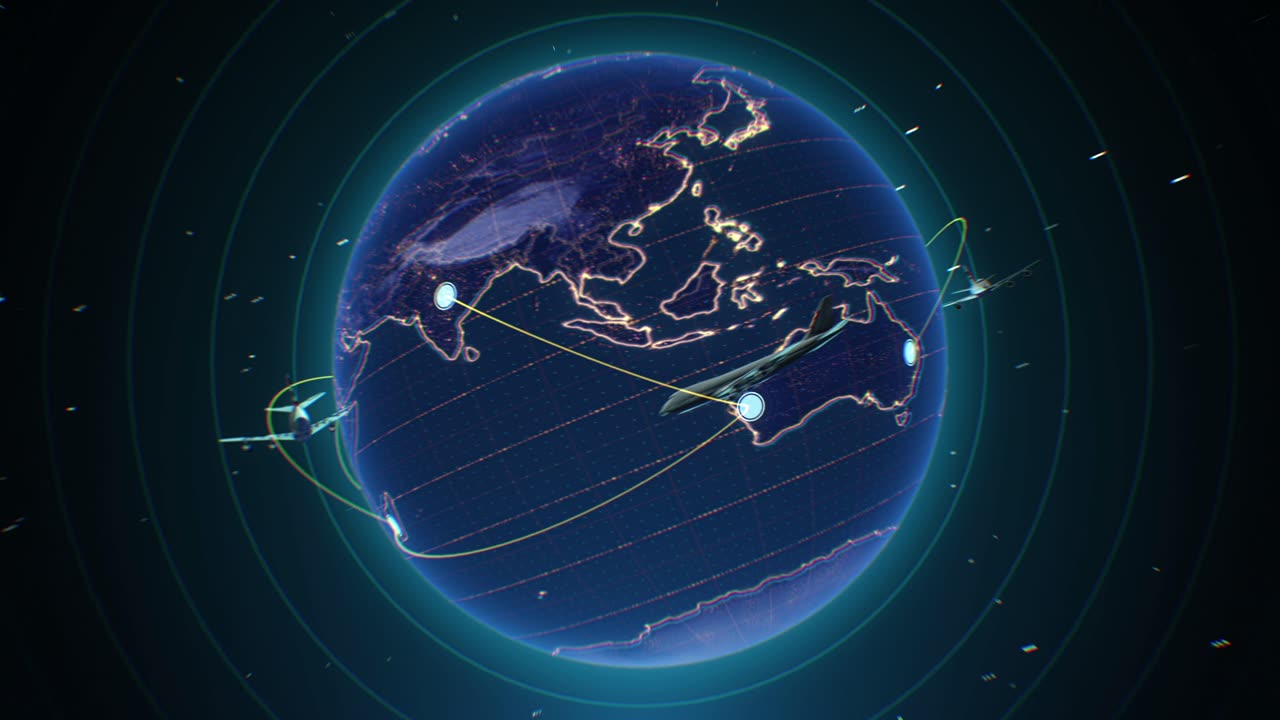Premium Only Content

Earth Quake
There are three main types of fault, all of which may cause an interplate earthquake: normal, reverse (thrust), and strike-slip. Normal and reverse faulting are examples of dip-slip, where the displacement along the fault is in the direction of dip and where movement on them involves a vertical component. Many earthquakes are caused by movement on faults that have components of both dip-slip and strike-slip; this is known as oblique slip. The topmost, brittle part of the Earth's crust, and the cool slabs of the tectonic plates that are descending into the hot mantle, are the only parts of our planet that can store elastic energy and release it in fault ruptures. Rocks hotter than about 300 °C (572 °F) flow in response to stress; they do not rupture in earthquakes.[4][5] The maximum observed lengths of ruptures and mapped faults (which may break in a single rupture) are approximately 1,000 km (620 mi). Examples are the earthquakes in Alaska (1957), Chile (1960), and Sumatra (2004), all in subduction zones. The longest earthquake ruptures on strike-slip faults, like the San Andreas Fault (1857, 1906), the North Anatolian Fault in Turkey (1939), and the Denali Fault in Alaska (2002), are about half to one third as long as the lengths along subducting plate margins, and those along normal faults are even shorter.
-
 1:02:44
1:02:44
The StoneZONE with Roger Stone
2 hours agoRoger Stone Unveils His 16th Annual International Best and Worst Dressed List | The StoneZONE
12.7K3 -
 45:22
45:22
Kyle Rittenhouse Presents: Tactically Inappropriate
3 hours ago $0.86 earnedKyle Rittenhouse Presents: Tactically Inappropriate
10.3K10 -
 1:13:16
1:13:16
Patriots With Grit
2 hours agoThe Comedy of White Privilege & Government | A.J. Rice
8.27K1 -
 49:40
49:40
Havoc
7 hours agoWhat's 2025 Looking Like... | Stuck Off the Realness Ep. 23
30.4K2 -
 3:58:11
3:58:11
Nerdrotic
6 hours ago $25.92 earnedWOKE Hollywood Freak out, Cyber Truck Attack, 2025 BEGINS! | Friday Night Tights 335 w Benny Johnson
87.7K16 -
 25:07
25:07
Adam Does Movies
5 hours ago $0.64 earnedTOP 10 BEST MOVIES OF 2024!
12.8K1 -
 1:24:53
1:24:53
Edge of Wonder
7 hours agoCIA Experiments With Mysterious Fog: Poison ‘Smart Dust’ Bioweapons?
13.7K16 -
 LIVE
LIVE
xBuRnTx
2 hours agoLet the weekend begin! #fortnite
36 watching -
 2:38:35
2:38:35
Twins Pod
13 hours agoBlack People... We Got A Problem... | Twins Pod - Episode 46 - Tommy Sotomayor
92.2K66 -
 1:23:52
1:23:52
Omar Elattar
5 hours agoSocial Media Expert: "How To Get 48 Million Views Per Week!"
37K3